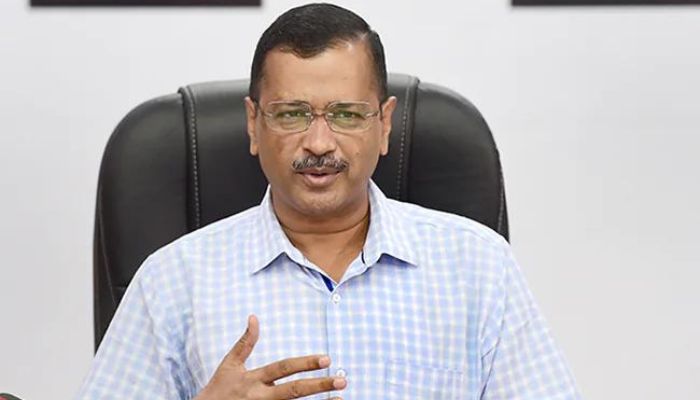New Delhi has featured at the top of a list of 107 regional capital cities with the highest average annual PM2.5 concentration in 2021. Besides, India as a nation ranked 5th out of 117 countries with the highest PM2.5 levels.
The revelation was made in the 2021 World Air Quality Report published by IQAir. The Swiss air quality technology company collected data from 6,745 cities, spread across 117 countries to prepare the report.
“India’s annual average PM2.5 levels reached 58.1 in 2021, ending a three-year trend of improving air quality. India’s annual PM2.5 averages have now returned to pre-quarantine concentrations measured in 2019,” the report emphasised.
The air quality report pointed out that in 2021, India was home to 11 out of 15 most polluted cities in South and Central Asia. During that period, PM2.5 levels in Delhi increased from 84 μg/m to 96.4 μg/m3.
As per the IQAir report, no Indian city was able to meet the World Health Organisation’s air quality guideline of 5 μg/m3 in 2021. Reportedly, more than 50% of Indian cities had 10 times more PM2.5 levels than the WHO guideline.
In 2021, Delhi continued to feature at the top in air pollution levels as compared to other metropolitan cities such as Kolkata (59 μg/m3), Mumbai (46.4 μg/m3), Hyderabad (39.4 μg/m3), Bengaluru (29 μg/m3) and Chennai (25.2 μg/m3).
“Air pollution has a massive impact on human health in India. It is the second biggest risk factor for disease, and the economic cost of air pollution is estimated to exceed $150 billion dollars annually,” the report said.
It emphasised, “Major sources of air pollution in India include vehicular emissions, power generation, industrial waste, biomass combustion for cooking, the construction sector, and episodic events like crop burning.”
While pointing out that internal combustion engines in motor vehicles contribute about 20-30% of PM2.5 concentration, IQAir lauded the Indian government’s new BS-VI emission standard (currently equivalent to Euro 6-1 standard).
“Emissions testing methodologies capable of measuring emissions under real-world driving conditions, rather than more simple laboratory drive cycles, are in development at the International Centre for Automotive Technology in India with an anticipated release of 2023,” it concluded.
Misplaced priorities and Delhi’s deteriorating air quality
The average annual PM2.5 level in the National Capital of India was 96.4 μg/m3 in 2021, which is about 19 times higher than the WHO’s recommended air quality guideline. Despite this, air pollution in Delhi is a non-issue in both public and political discourse until the festival of Diwali in late September-October each year.
Politicians and the left-liberal ecosystem channelise their energy into shaming Hindus for burning firecrackers while remaining indifferent to the major contributors of air pollution. A 2017 IIT-Kanpur report revealed that construction dust was the biggest culprit for deteriorating air quality in Delhi, followed by vehicular pollution and bad infrastructure.
Experts had observed that the air quality of the NCR deteriorated despite no firecracker being burnt at the time of the study. The air, in fact, was the cleanest in the week of Diwali suggesting that the rise in pollutant values was observed during the peak of the winter season.
According to the Fire Information for Resource Management System of NASA, incidents of stubble burning go up steadily in Punjab and Haryana during the month of October each year. This often coincides with the festival of Diwali, thereby giving an opportunity to the usual suspects to malign the Hindu community instead of taking steps to prevent stubble burning in Haryana and Punjab.
In November 2020 alone, the contribution of stubble burning to the pollution in Delhi reached a whopping 40%. There is also an indication that the farmers’ time stubble burning with Diwali so that the pollution caused by them is blamed on firecrackers.
Although the 2021 World Air Quality Report by IQAir has left bare the claims of improving air quality in the National Capital, past record suggests that the political machinery is unlikely to act on it anytime soon.
The article was originally published in Opindia on March 22, 2022.




